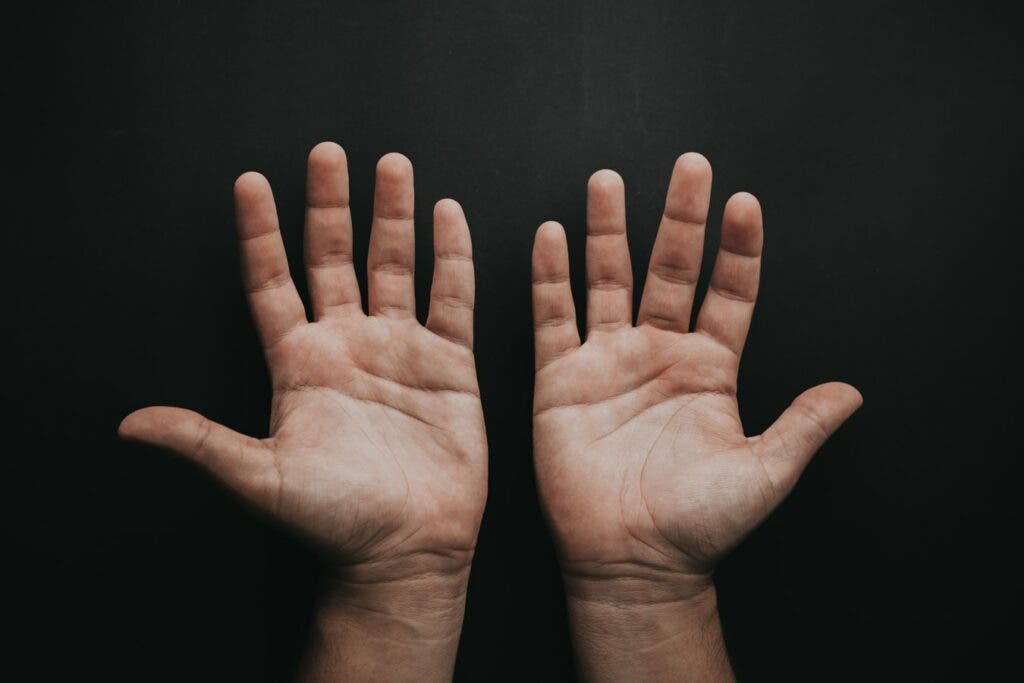“The 9-h survival of SARS-CoV-2 on human skin may increase the risk of contact transmission in comparison with the influenza A virus, thus accelerating the pandemic. Proper hand hygiene is important to prevent the spread of SARS-CoV-2 infections,” the researchers conclude.

The novel coronavirus most often spreads through droplets or aerosols but it’s still not clear how big of a role contaminated surfaces play in transmitting the virus. According to a new study, at least one such surface is more important than we thought: the human skin.
A team of researchers from the Kyoto Prefectural University of Medicine in Japan found that the novel coronavirus SARS-CoV-2 can survive for up to 9 hours on the skin, compared to just 2 hours for the influenza virus.
The good news is that the application of a disinfectant with 80% alcohol content inactivated the viruses within 15 seconds. Previous studies have thoroughly shown that soap is equally efficient. According to the researchers, this goes to show just how important washing really is.
“This study shows that SARS-CoV-2 may have a higher risk of contact transmission than [influenza A virus] because the first is much more stable on human skin than the former. These findings support the hypothesis that proper hand hygiene is important for the prevention of the spread of SARS-CoV-2.”
“Thus, this study may contribute to the development of better control strategies in the context of COVID-19 to prevent the occurrence of the second or third waves of this pandemic.”
If the virus simply remains on your skin, it can’t enter your body — but your eyes and mouth are areas where the virus can actually enter your body. Every time you touch your face, you’re essentially providing a pathway for all pathogens (not just SARS-CoV-2) to enter your body.
We still don’t know much about the infectious dose (how much of the virus it takes to make you sick), but given that most people touch their faces a dozen times an hour, it seems very likely that dirty hands are an important vector of transmission.
It’s almost impossible to trace individual infections to a singular transmission mode, which is why this type of study is quite important. For now, our best tools to prevent viral transmission are distancing, face masks, and hand hygiene.
The study “Survival of SARS-CoV-2 and influenza virus on the human skin: Importance of hand hygiene in COVID-19” has been published in Clinical Infectious Diseases.






